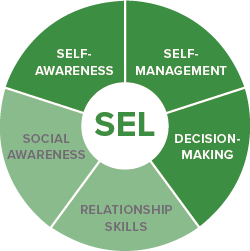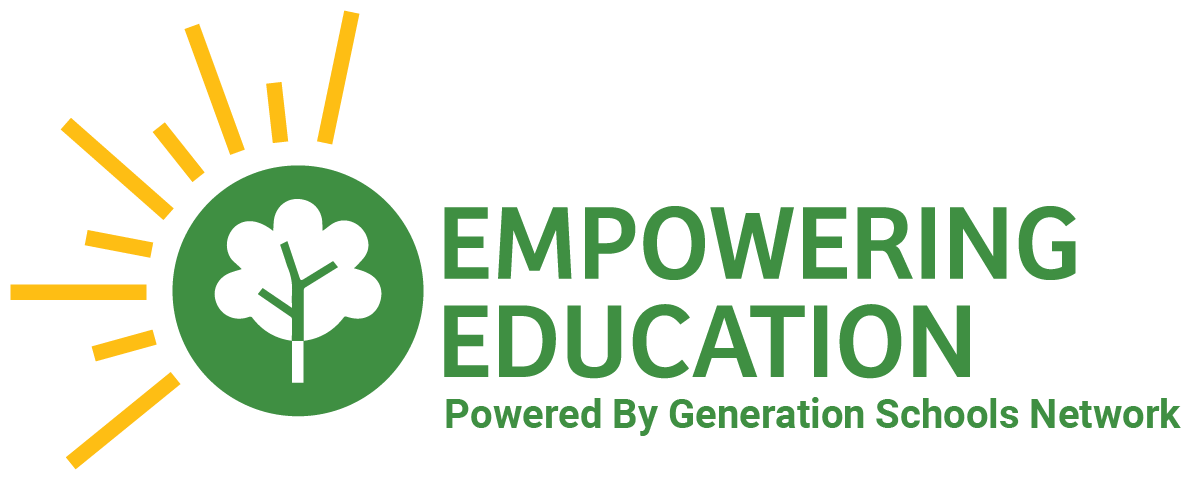Locked Content
Unlock this lesson plan by becoming a paid member. Existing members, please log in.
Students will understand the relationship between thoughts, behaviors, and emotions.
By the end of the lessons, students will be able to:
- Identify the impact of thoughts and behaviors on emotions
- Identify methods for managing emotions through changing thoughts and behaviors
Behavior is directly related to thoughts and emotions. When students feel or think negatively, they often behave accordingly. When students feel and think positively, their behaviors reflect this in the classroom and at home. Understanding the triad of thoughts, feelings, and behaviors and how changing one of the three can change the others, is a central idea of cognitive behavioral therapy and ties together many of the skills and ideas taught in this program.
The lesson starts with a breathing technique called 4-7-8 breath in which they breathe in, hold their breath, and breathe out. The lesson then moves to defining the difference between thoughts, emotions, and behaviors. Students are split into groups of three and identify when they arise in scenarios. They then reflect on a time when they experienced the connection between their thoughts, emotions, and behaviors.
Start with the Mindful Moment then the Thoughts, Behaviors, and Emotions introduction. The activity requires throwing a ball in class…which will be hard to do virtually! For both recorded or live, after the terms have been defined and discussed in the introduction, have students fill out the Thoughts, Behaviors, Emotions Graphic Organizer.
After completing the Thoughts, Behaviors, Emotions Graphic Organizer have students share their responses with the class.
Consider showing one of the videos from the lesson variation section and assigning the Thoughts, Behaviors, Emotions Graphic Organizer as homework.
CASEL Competencies
Self-awareness: The abilities to understand one’s own emotions, thoughts, and values and how they influence behavior across contexts. This includes capacities to recognize one’s strengths and limitations with a well-grounded sense of confidence and purpose.
Self-management: The abilities to manage one’s emotions, thoughts, and behaviors effectively in different situations and to achieve goals and aspirations. This includes the capacities to delay gratification, manage stress, and feel motivation & agency to accomplish personal/collective goals.
Responsible decision-making: The abilities to make caring and constructive choices about personal behavior and social interactions across diverse situations. This includes the capacities to consider ethical standards and safety concerns, and to evaluate the benefits and consequences of various actions for personal, social, and collective well-being.


